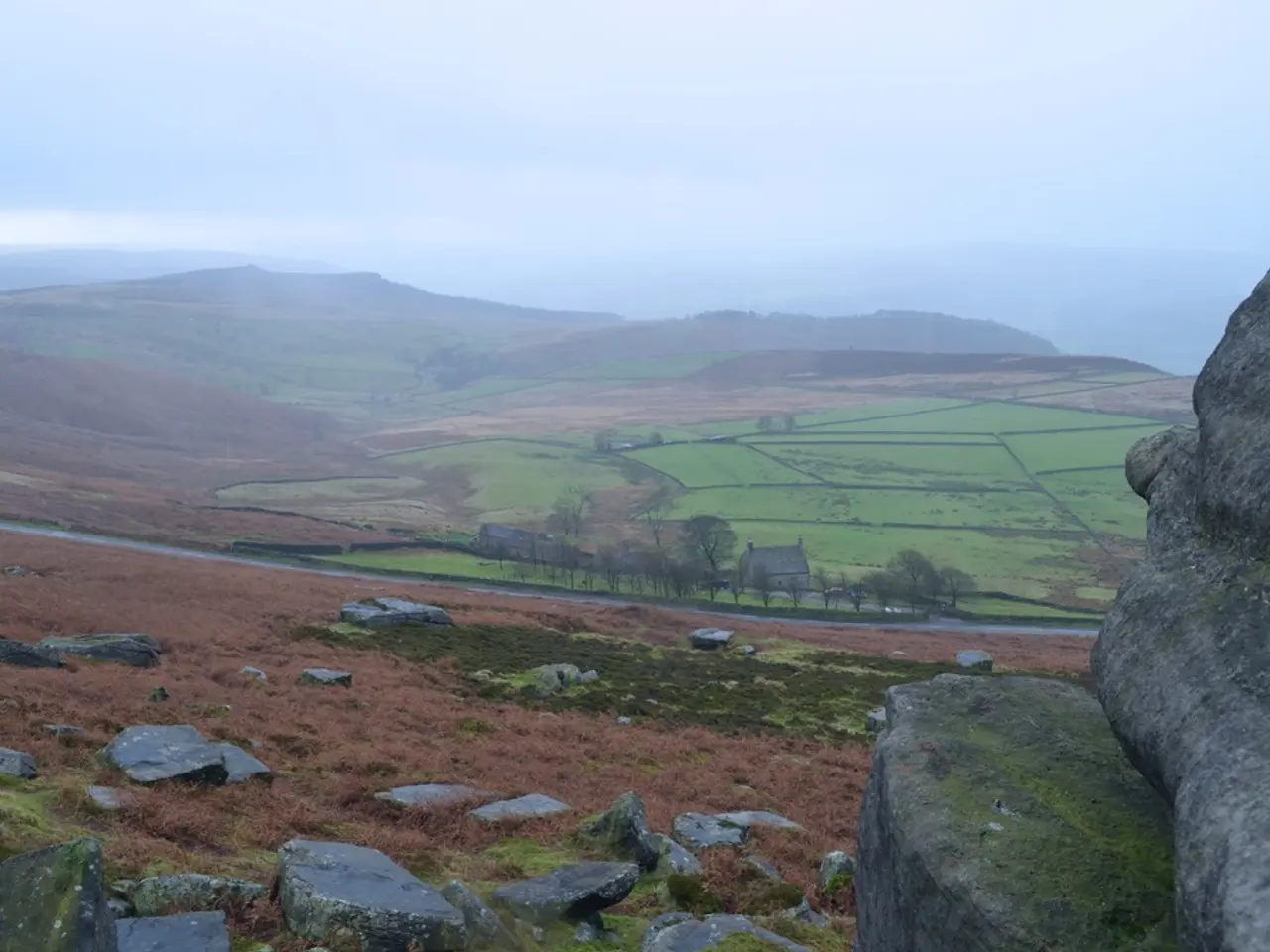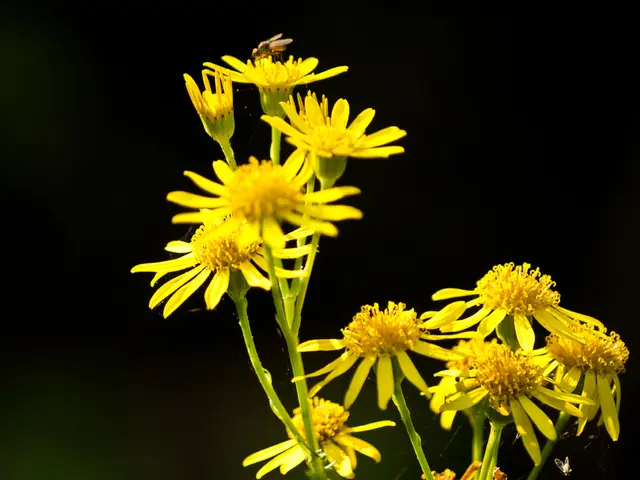Experience and Insight into the Potosi Mine Tour
In the heart of Bolivia, nestled at an altitude of 4090 meters above sea level, lies the city of Potosí - one of the highest cities in the world and home to the active Potosí mine, Cerro Rico. This historic site offers visitors a unique opportunity to delve into the past and witness the traditional mining techniques that have shaped the region for over 200 years[1].
The Potosí mine tours, currently active, provide an immersive experience, taking you through the Miners' Market, where old-fashioned tools like hammers, chisels, and even dynamite are bought and sold[2]. The tours continue to processing plants, where minerals are pulverized, washed, and chemically treated, and into the actual mine tunnels, where you'll encounter miners chiseling rock by hand, sorting mineral-rich rock pieces from worthless rubble, and pushing huge carts filled with rocks out of the mine[3].
Among the tour providers, Koala Tours still operates, offering a half-day tour for 100 Bolivianos. However, recent traveler reviews indicate mixed experiences. Some complaints suggest logistical issues and payment disputes have negatively affected customer satisfaction[2]. Despite this, Koala Tours conducts a remarkable tour, guiding visitors through the mine's history that greatly impacted the Spanish Empire[1].
The work in the Potosí mine is physically demanding and dangerous. Miners often go all day without eating due to the inability to eat inside the mines. The risk of illness, poisoning, cave-ins, and other accidents is high, especially with the use of dynamite[4]. Yet, miners are proud of their work, despite the horrifically hard conditions and high risk of death[5].
The miner's average earnings range between 2000 - 6000 Bolivianos a month, significantly more than the 1000Bs average wage in Potosí[6]. The minerals are then shipped abroad for further processing and sold at a high price, while the miners are paid a small amount for their work[7].
The Potosí mine tour is not for the faint-hearted. It involves racing out of the way of huge wagons filled with rocks, crossing huge, black drops on thin planks of wood, and climbing up four-foot clumps of rock into tiny gaps[3]. The city of Potosí, with its fading colonial buildings, ornate church facades, and hidden notes of beauty, provides a stark contrast to the mine's decaying grandeur[8].
If you plan to book a Potosí mine tour, it is advisable to review recent guest feedback carefully and consider multiple providers to ensure the best experience. The mine tour is not recommended for those who suffer from claustrophobia, discomfort in small spaces, the dark, climbing up rocks, or who are easily upset by poverty.
References: [1] Lonely Planet [2] TripAdvisor [3] Viator [4] BBC News [5] The Guardian [6] World Bank [7] Al Jazeera [8] CNN Travel
- Exploring Potosí, travelers can book guided tours of the active mine, Cerro Rico, which offers a unique glimpse into traditional mining methods that have shaped the region for over two centuries.2.koala Tours provides a half-day Potosí mine tour for 100 Bolivianos, but recent traveler reviews suggest mixed experiences with logistical issues and payment disputes impacting customer satisfaction.
- While miners in Potosí endure physically demanding and dangerous work, they take pride in their work and earn significantly more than the average wage in Potosí, yet the minerals they extract are sold abroad at a high price.
- The Potosí mine tour is an adventure that is not for the faint-hearted, featuring narrow tunnels, huge wagons, large drops, and dark conditions, making it inaccessible for those with claustrophobia, discomfort in small spaces, or a fear of heights.




